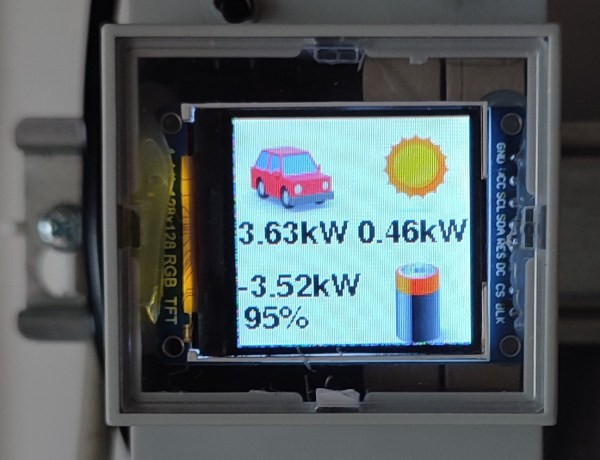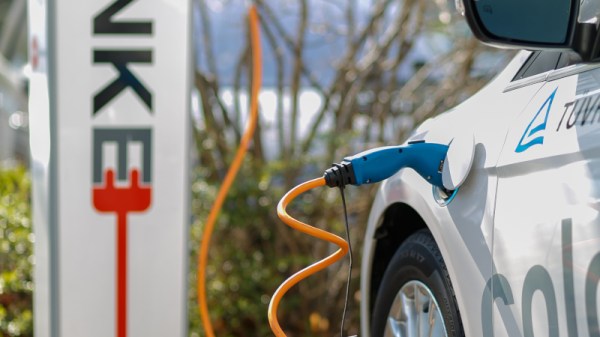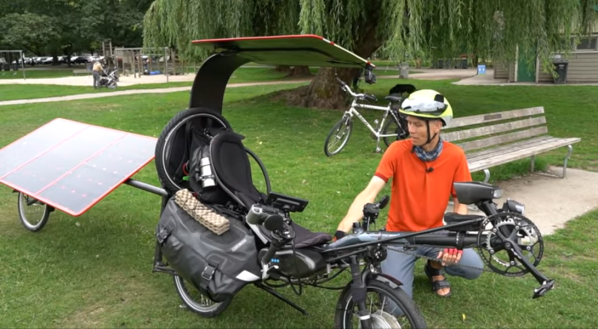If you’re mounting solar panels, everybody knows the drill, right? Point them south, angled according to latitude. It’s easy. In a video which demonstrates that [Everyday Dave] is truly out standing in his field, we hear a different story. [Dave] has a year’s worth of data in his Solar Panel Showdown that suggests there are good reasons to mount your panels vertically.
Specifically, [Dave] is using bifacial solar panels– panels that have cells on both sides. In his preferred orientation, one side faces South, while the other faces North. [Dave] is in the Northern Hemisphere, so those of you Down Under would have to do the opposite, pointing one face North and the other South.
Since [Dave] is far from the equator, the N/S vertical orientation beats the pants off of East-West facing panels, especially in winter. What’s interesting is how much better the bifacial panels do compared to the “standard” tilted orientation. While peak power in the summer is much better with the tilted bifacial panels (indeed, even the tilted single-sided panels), in winter the vertical N/S panels blow them out of the water. (Especially when snow gets involved. Vertical panels don’t need sweeping!)

















